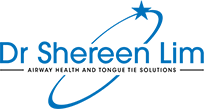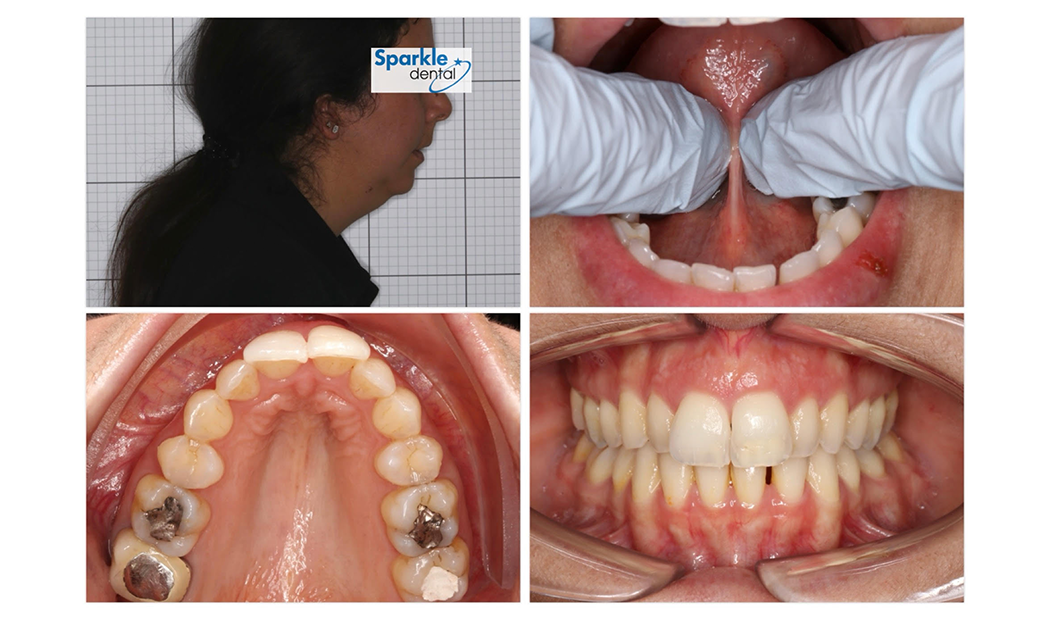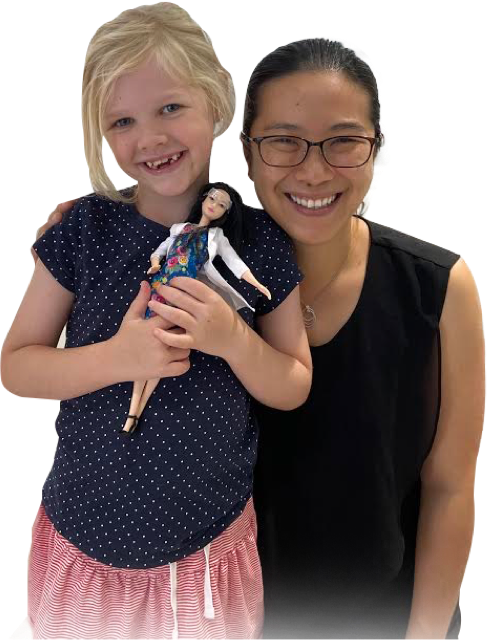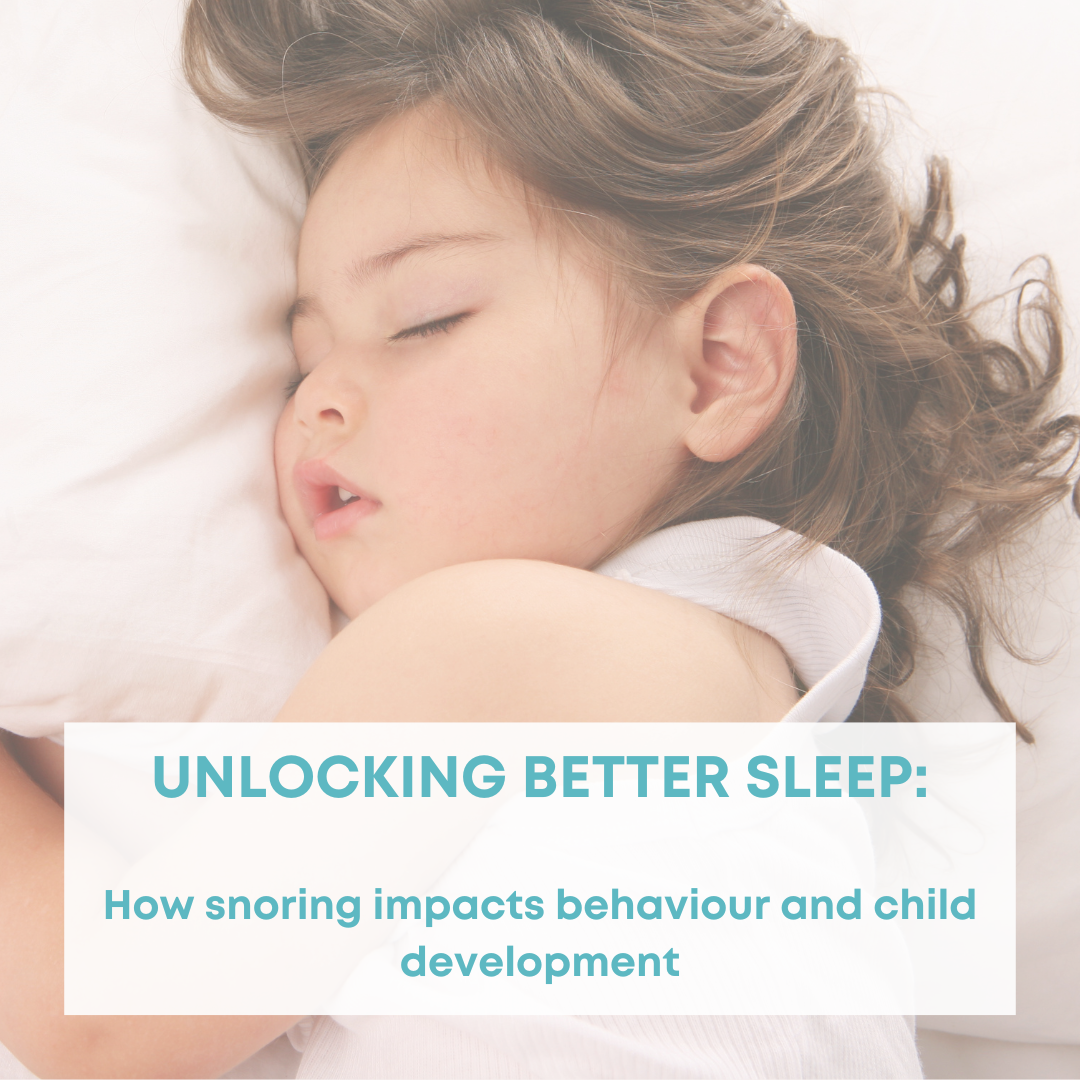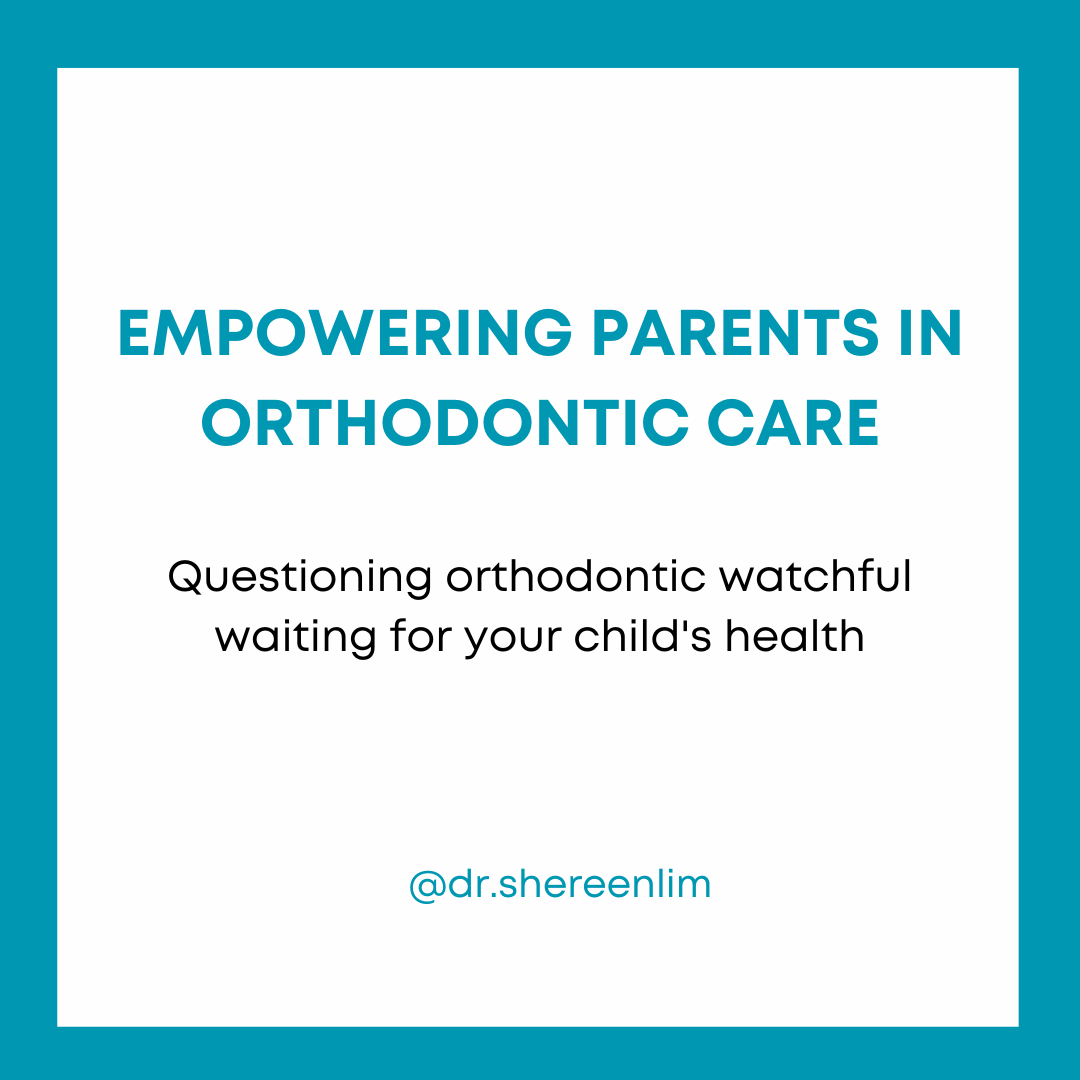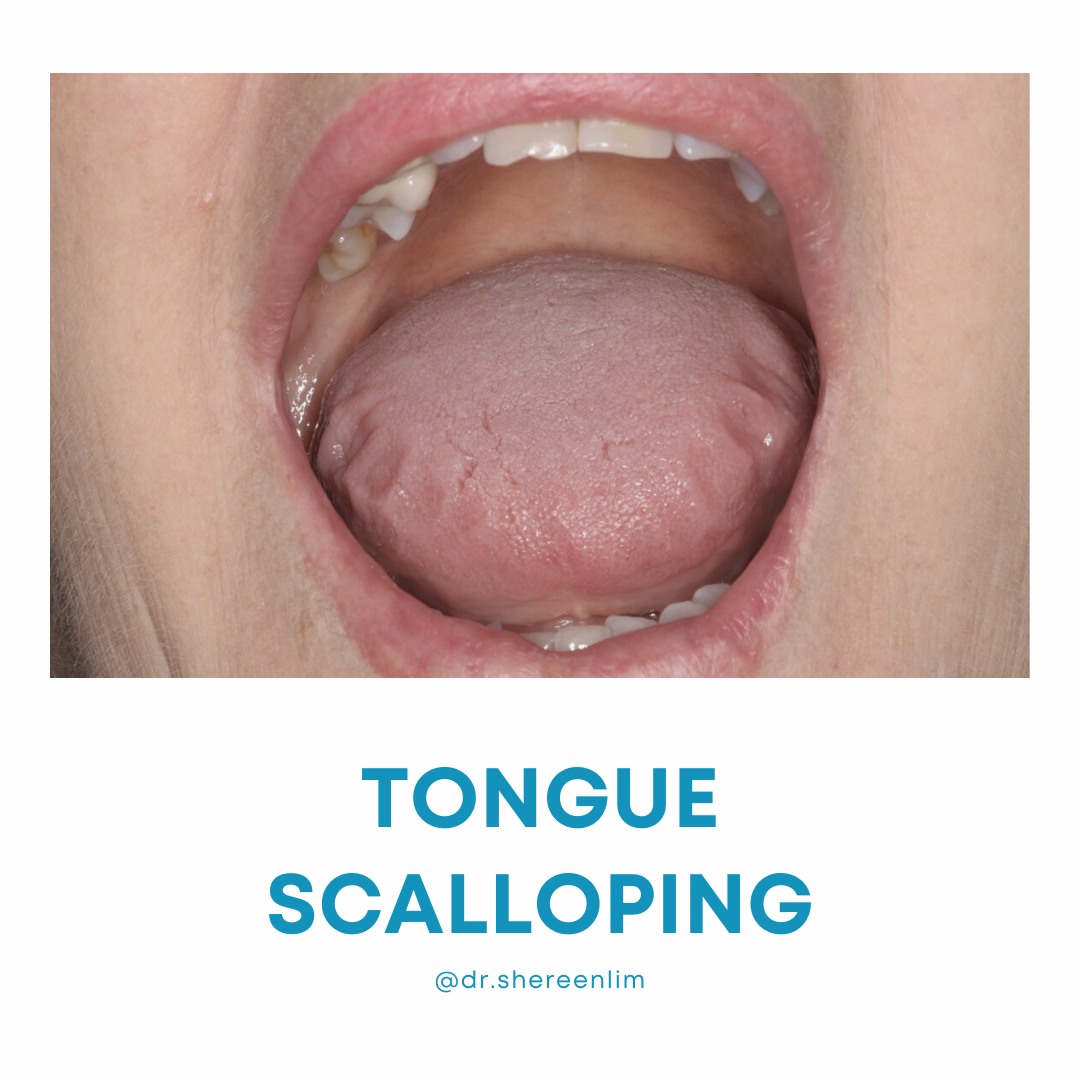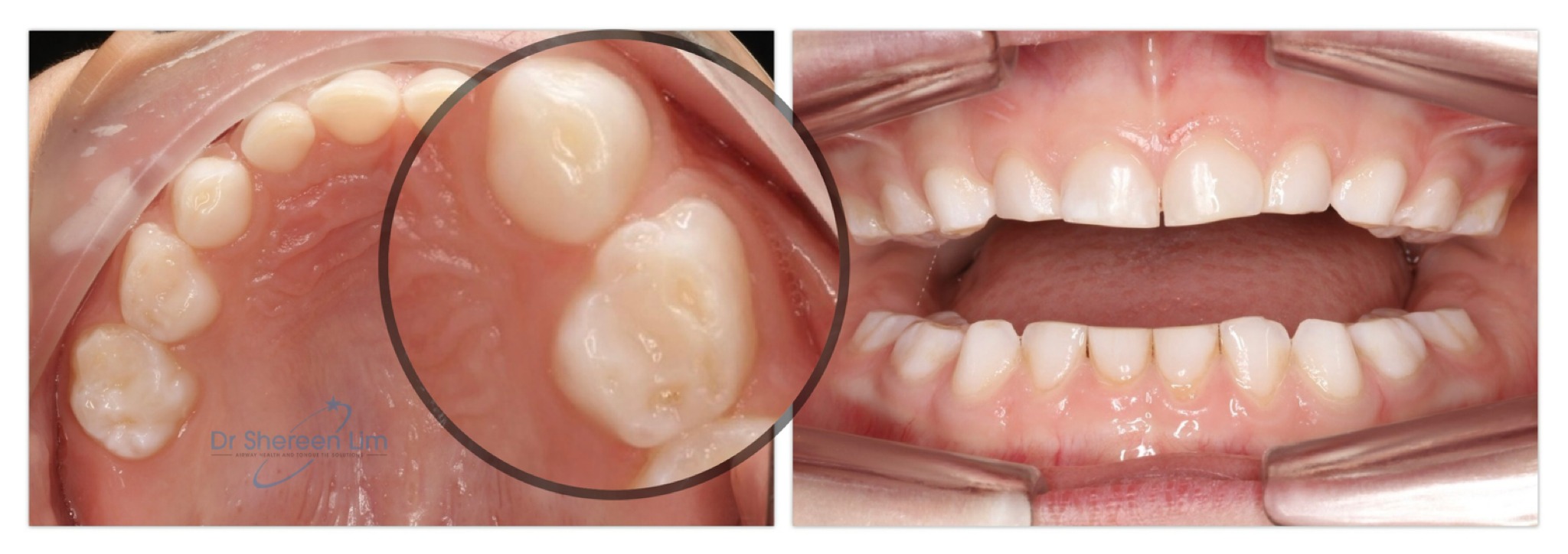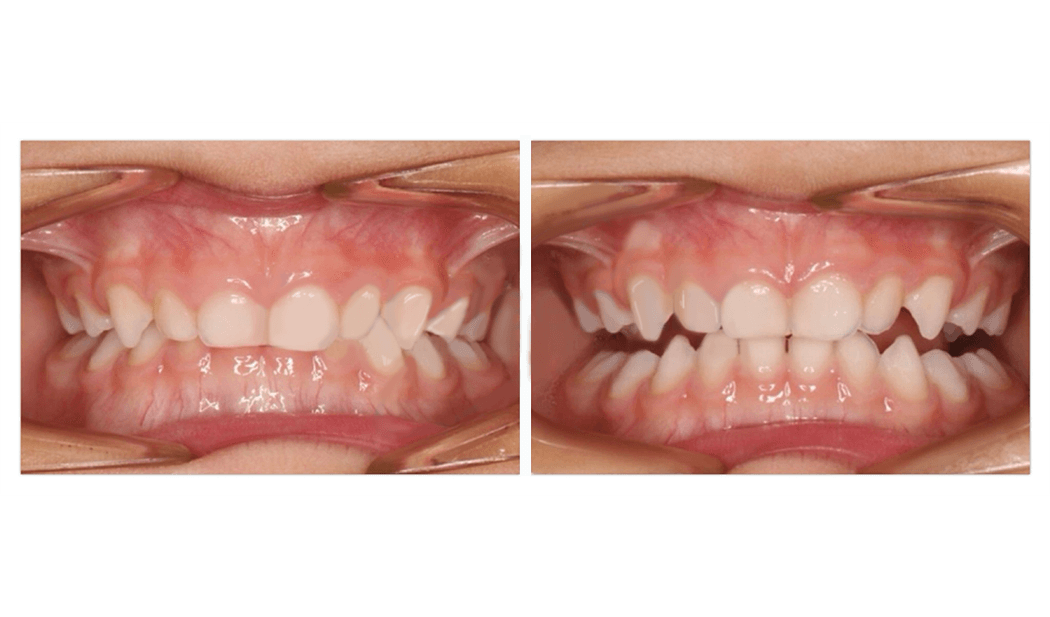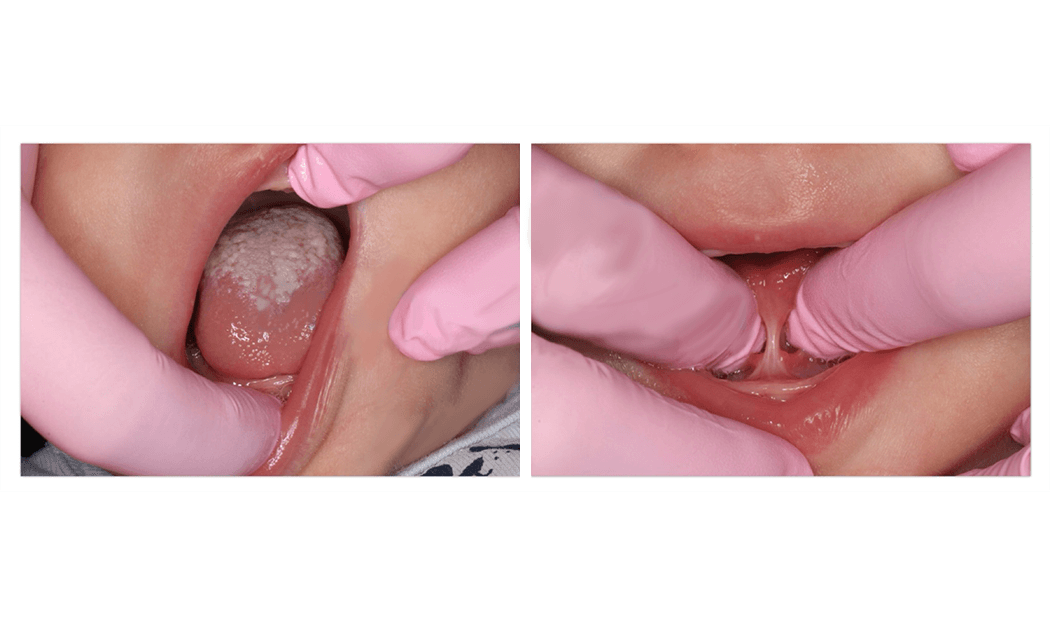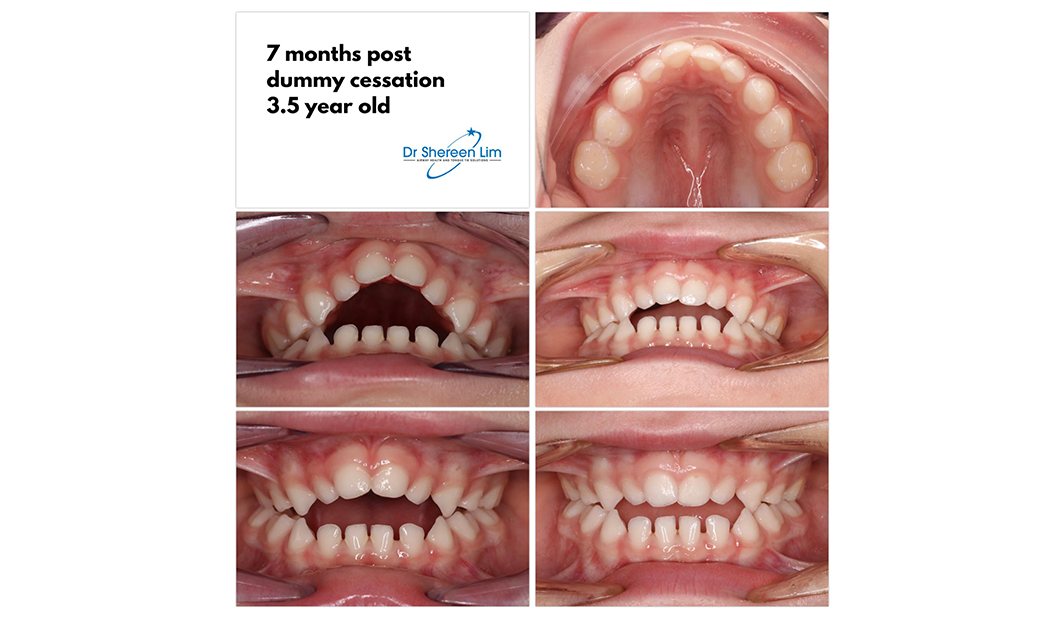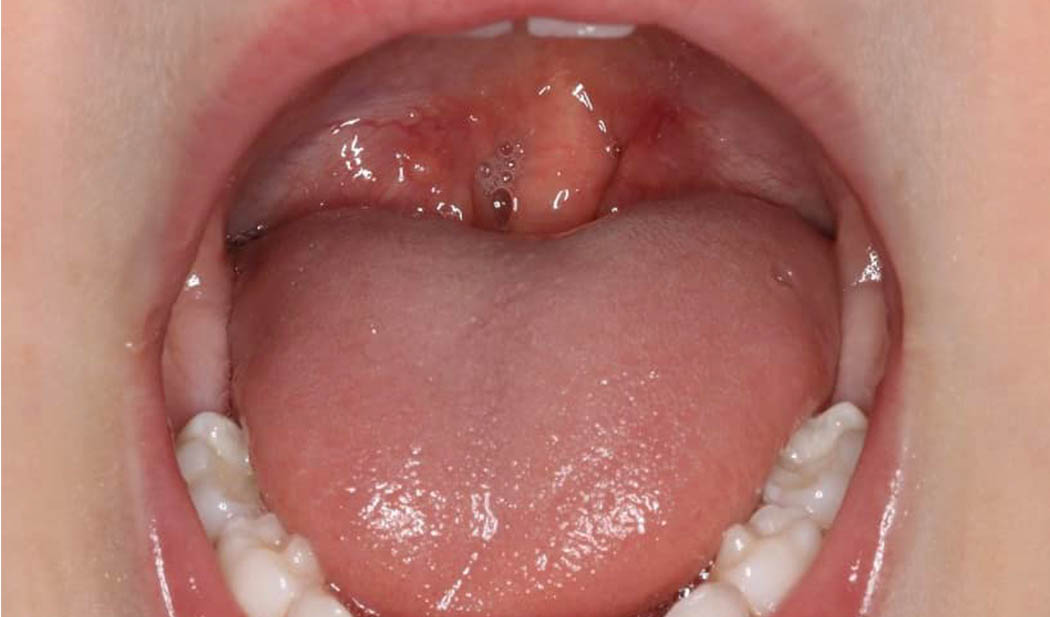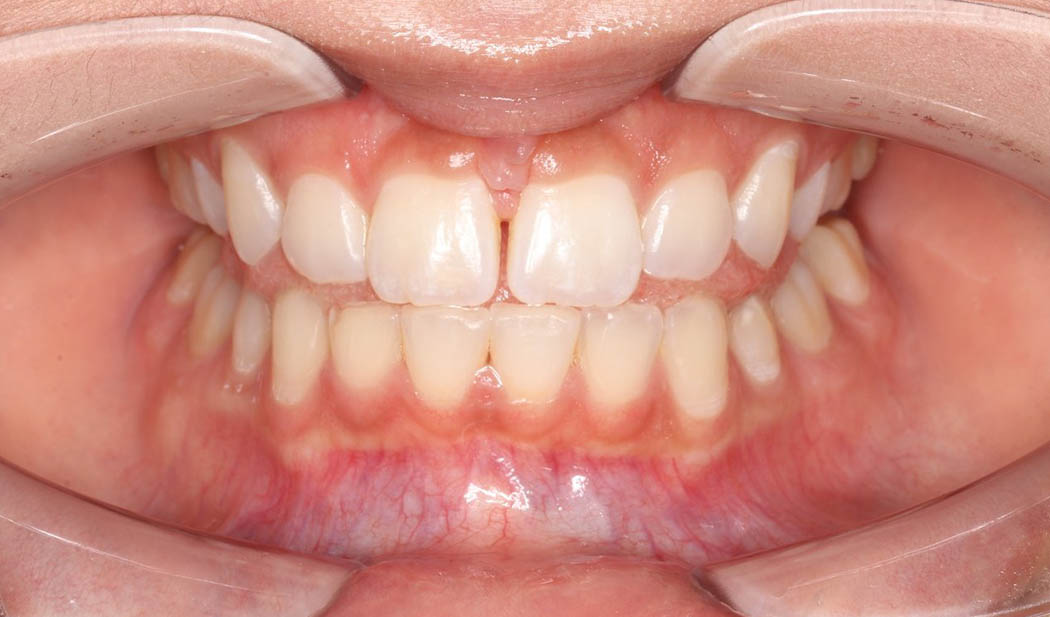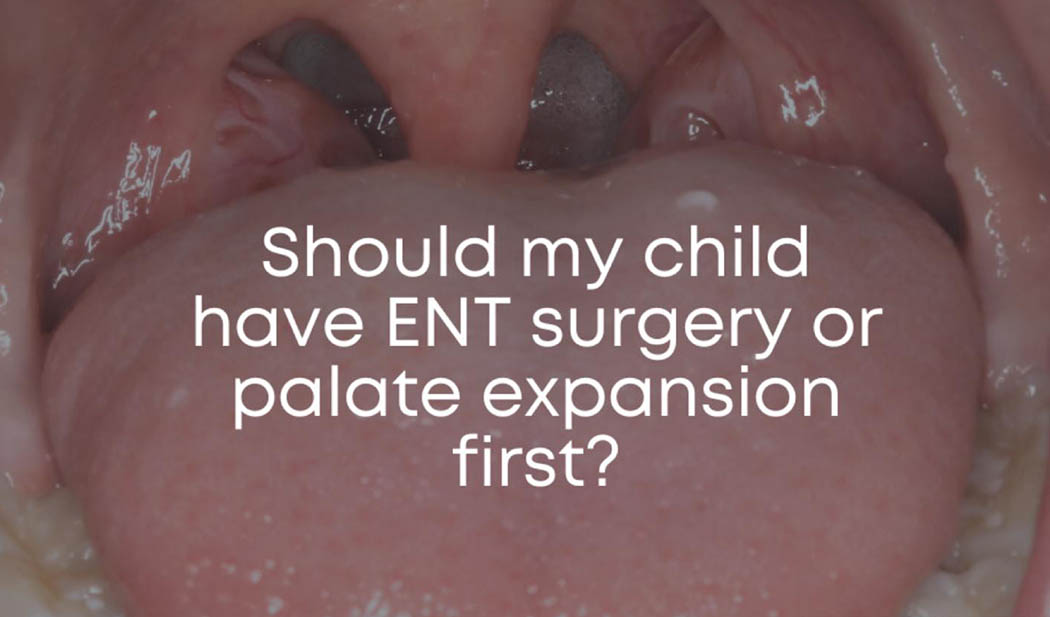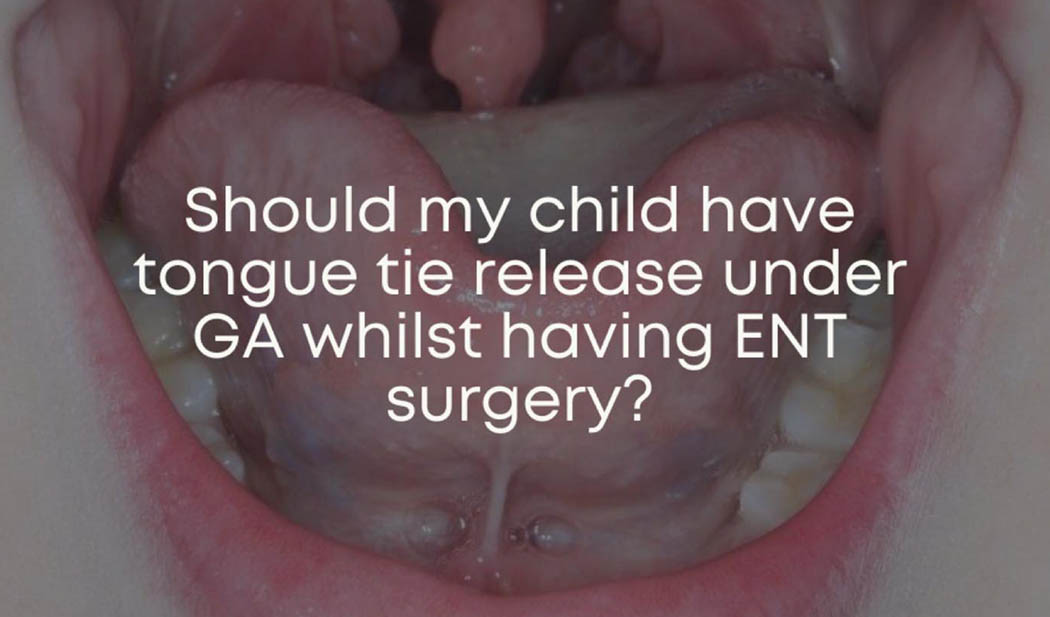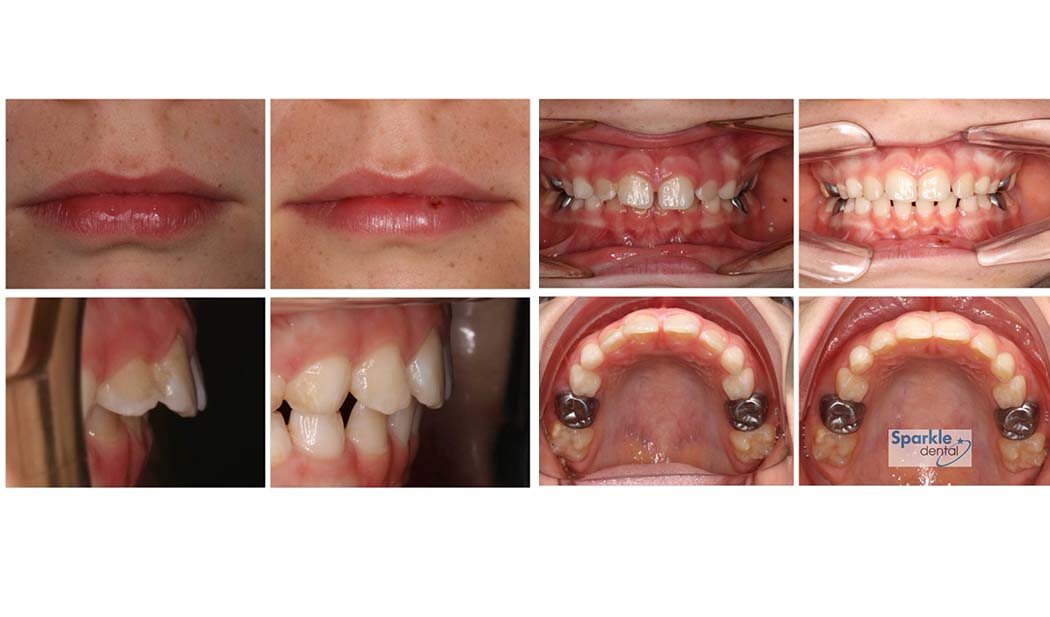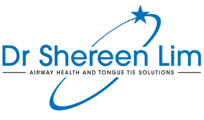When the jaws don’t grow properly, it reflects a distortion of the entire cranial and facial skeleton.
Craniofacial dystrophy is a term that was coined to describe this and the set of symptoms that commonly occur with this.
These include:
- Jaw joint and muscle dysfunction
- Obstructive sleep apnoea
- Crooked teeth and impacted wisdom teeth
- Narrow nasal and sinus passages
- Poor swallowing and eustachian tube clearance
- Altered head and neck posture
- Chronic headaches and neck tension
This adult patient had all the above symptoms, and the most impactful first step to significantly improve quality of life is jaw surgery to correct the underlying jaw deficiency.
But did you know that there were warning signs of troubles ahead in early childhood? And each of these addressed properly would have had the potential to influence jaw and facial development back on a better track.
These include
- Difficult passage during birth and torticollis
- Difficulty breastfeeding – vomited feeds and had poor weight gain
- Difficulties swallowing food and tablets
- Allergies including eczema, dust mite allergy and hay fever
- Chronic nasal congestion
- Severe dental crowding – ultimately requiring the removal of adult premolar teeth to relieve crowding
This is why although I’ve obtained a post-graduate qualification to help manage adult snoring and obstructive sleep apnoea, my passion is focusing on children.
I hope to help more people see what I see and inspire more healthcare professionals to integrate care so we can do better for the next generation.
Like this post to let me know if it has helped connect some dots for you.
